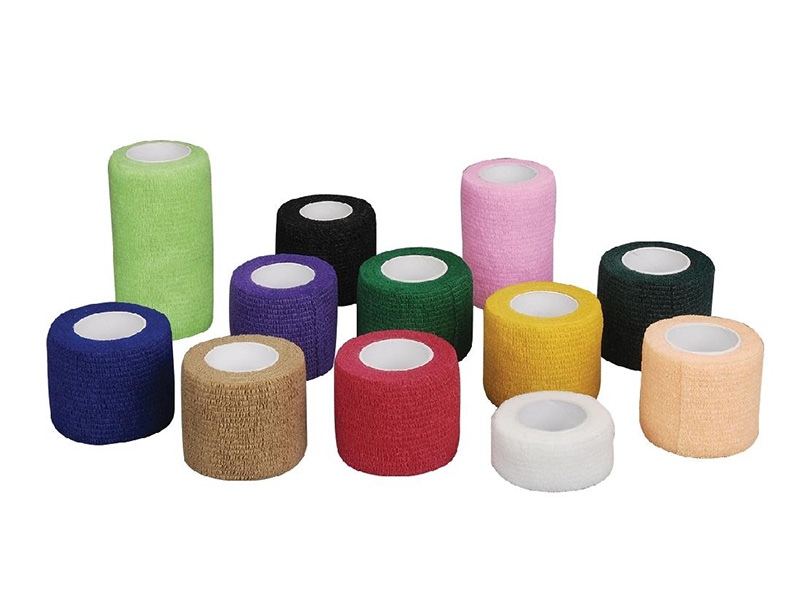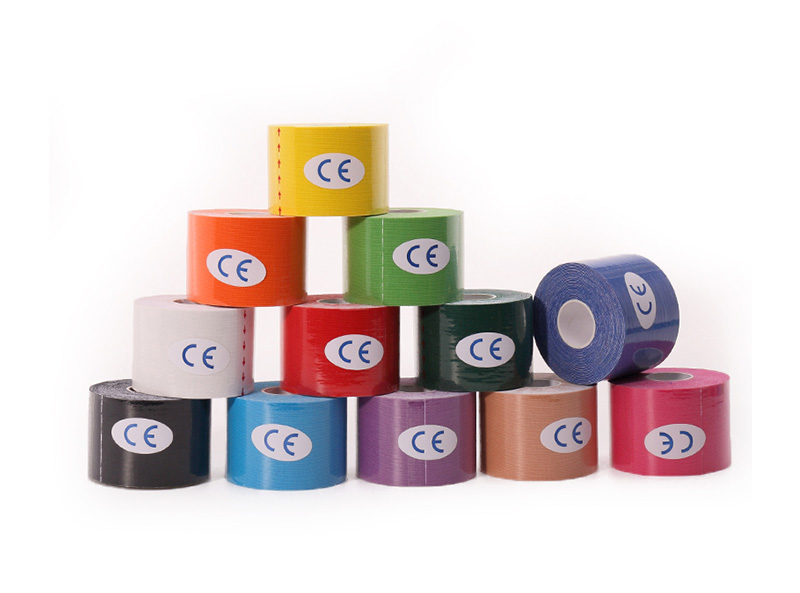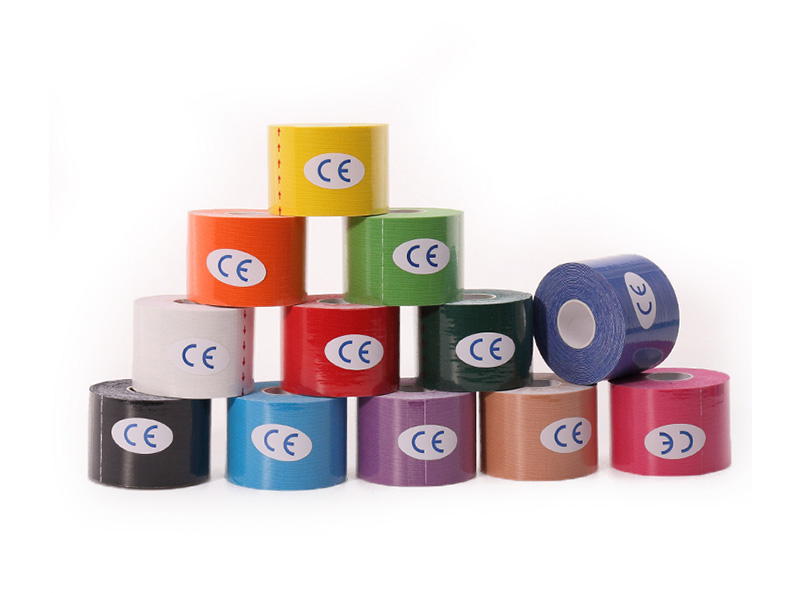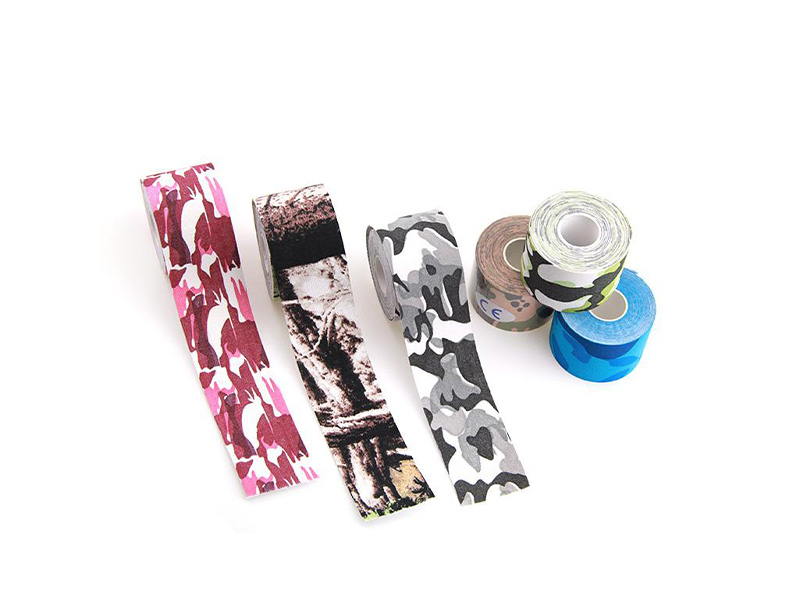Understanding the Differences Between Elastic Wound Dressings and Traditional Gauze Dressings
 Apr 10, 2023|
Apr 10, 2023| View:460
View:460Wound dressings have become a crucial part of wound care. They help to protect wounds from further damage, reduce the risk of infection, and promote healing. However, with so many different types of wound dressings available, it can be challenging to know which one to choose. In particular, elastic wound dressings and traditional gauze dressings are two popular options that people often compare. In this article, we will explore the differences between these two types of dressings and help you decide which one is right for you.
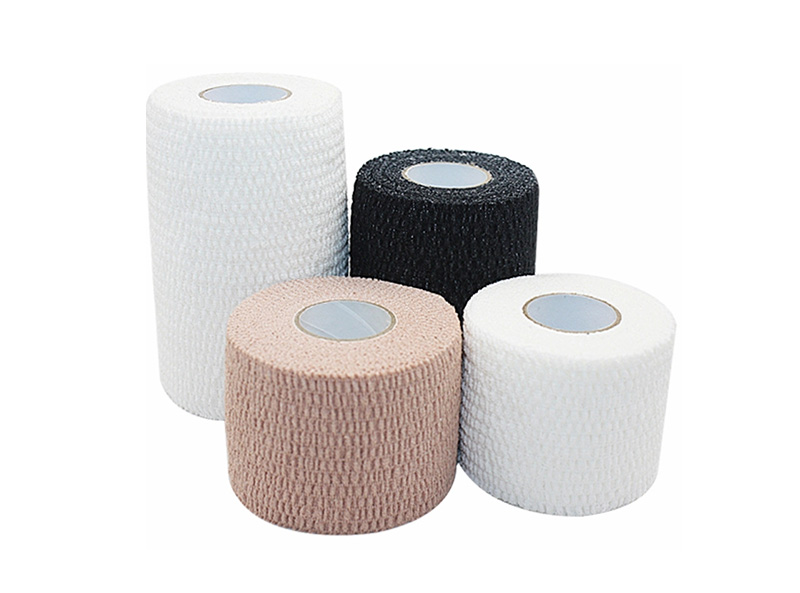
What Are Elastic Wound Dressings?
Elastic wound dressings are a type of self-adherent dressing that conforms to the contours of the body. They are made from a flexible material that allows them to stretch and conform to the shape of the wound while providing compression. These dressings are ideal for use on wounds that are difficult to dress, such as those on joints or other areas where movement is an issue. They are also useful for wounds that require compression to prevent swelling.
Pros of Elastic Wound Dressings
1. Conform well to the contours of the body
2. Provide compression for wounds that require it
3. Ideal for hard-to-dress wounds and areas that require flexibility
4. Help reduce the risk of infection by sealing out bacteria and other contaminants
Cons of Elastic Wound Dressings
1.Can be difficult to remove and may cause discomfort during removal
2.Not suitable for wounds that require frequent dressing changes
3.May not provide enough absorption for heavily exudating wounds
What Are Traditional Gauze Dressings?
Traditional gauze dressings are the most commonly used type of wound dressing. They are made from woven or non-woven materials and come in various shapes and sizes. They are designed to absorb excess fluid from the wound and help promote healing. Gauze dressings are typically secured in place with tape or a bandage.
Pros of Traditional Gauze Dressings
1. Highly absorbent and effective at managing exudate
2. Available in a wide range of sizes and shapes
3. Can be used on various types of wounds
4. Easy to remove
Cons of Traditional Gauze Dressings
1. Require frequent changing, which can cause discomfort and pain for the patient
2. May stick to the wound bed and cause trauma during removal
3. Provide minimal compression and may not be ideal for wounds that require it
Elastic Wound Dressings vs. Traditional Gauze Dressings – Which One Is Right for You?
When choosing between elastic wound dressings and traditional gauze dressings, several factors need to be considered. For example, elastic dressings are ideal for wounds that require compression or difficult-to-dress areas. In contrast, gauze dressings are more appropriate for wounds that require heavy absorption, such as those with high levels of exudate.
It's worth noting that both types of dressing have their advantages and disadvantages. Ultimately, the choice depends on the patient's individual needs, the type of wound, and the stage of healing. A healthcare professional can help determine which dressing is best.
Elastic wound dressings and traditional gauze dressings are two of the most commonly used types of wound dressings. Understanding the differences between them is crucial when selecting the most appropriate dressing for a particular wound. Elastic dressings provide compression and are ideal for hard-to-dress wounds, while gauze dressings offer high levels of absorption for heavily exudating wounds. When making a decision, consider the type of wound, the stage of healing, and the patient's individual needs. Don't hesitate to consult a healthcare professional for guidance.

